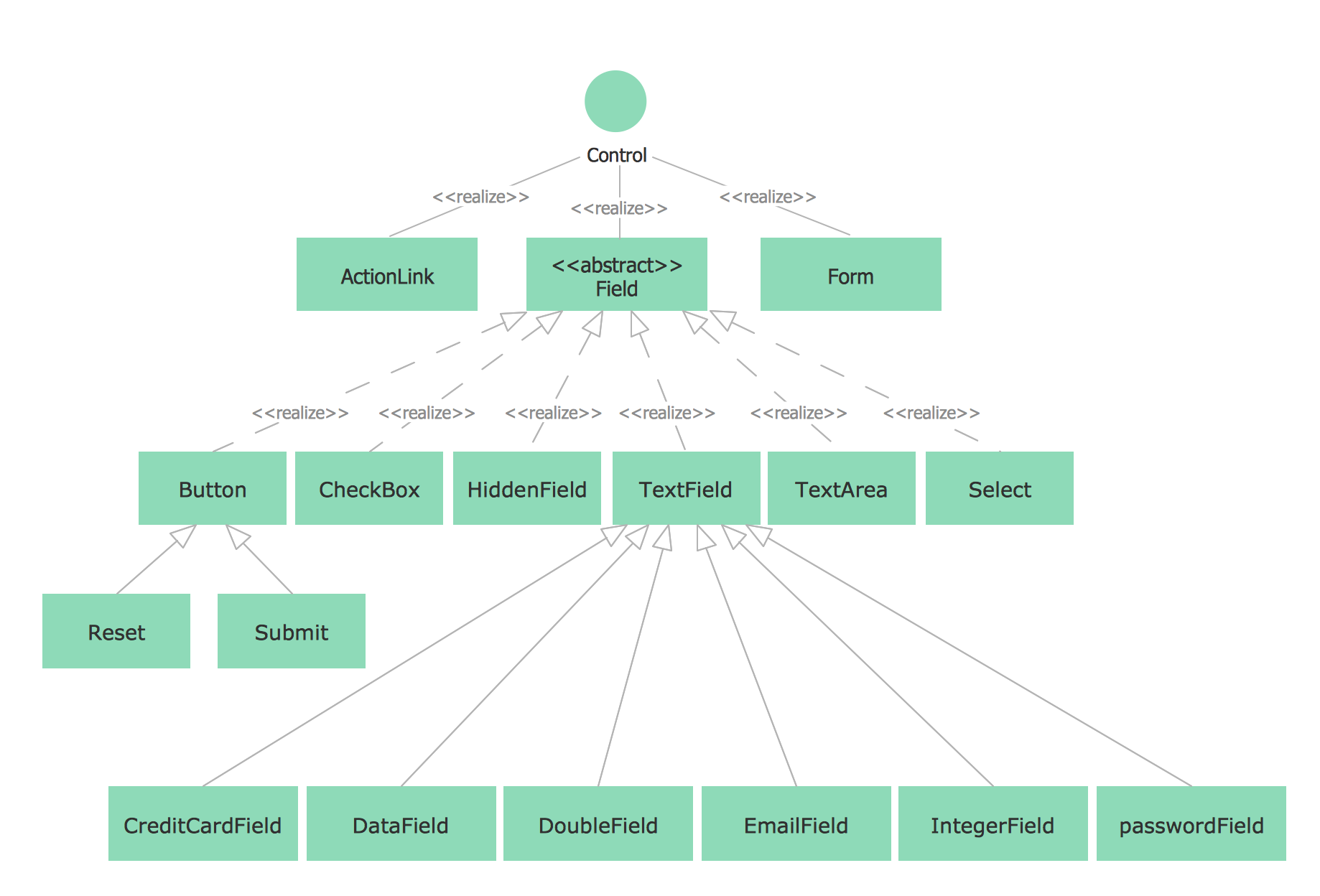

The MDL model is needed to gather the graphical information. The second step is to write a transformation from MDL and UML to GMF diagrams. In this transformation, we preserve the same structure of packages as in the MDL file. Once we can read the MDL model, the next step is to write the transformation to UML.

The whole project is available in the TCS Zoo. The MDL metamodel is depicted in Figure1. To deal with these problems, we start by developing the MDL reader using TCS. Therefore, we need to find out how we can generate n models using The second problem is that the MDL modelĬontains more than one UML diagram, whereas each GMF diagram is a separate model. This syntax is neither XML nor XMI, so we need a specific reader. Grammar based on Petal syntax, and called MDL. The first problem is that the UML Model created by Rational Rose conforms to a specific In this use case, we essentially have to deal with two problems. In practice, this use case was applied to the QVT metamodel available on the OMG site ( document ad/). In this use case, we only support UML class diagrams. This use case shows how we can reuse UML projects created with Rational Rose and import them in GMF (specifically in UML2 Tools) using ATL transformations.


 0 kommentar(er)
0 kommentar(er)
